Welcome to the Atlas of Mystara: a project to map out the whole of Mystara, inside and out.
The Atlas was conceived in January 2005, and shortly afterwards I began to publish first hex art and then fully developed maps on the message boards at wizards.com (now closed, unfortunately — links lead to archived threads). Daily maps continued for a period of almost two months, quickly establishing a base for the Atlas.
Since then, I have returned to work on the project again regularly, with new maps in 2006, a formal project unveiling and announcement in 2008, a wiki site (now deprecated) in 2012, and this new site in 2015. I made a major push to move the project along in later 2015 and early 2016, with the Lining Up Mystara project over on my cartography site. Then in 2018 new revelations provoked a second project, Lining Up the Maps Revisited, which has resulted in a fully georegistered model of Mystara. Finally, there is an ongoing Let’s Map Mystara — all of it in chronological order! project.
Logos
Over the years there have been a number of logos for the Atlas. Here are some of the old logos for your enjoyment.
Old Articles
I wrote a Foreword back at the start of the whole project, in January 2005, but it remained unpublished until the formal unveiling in 2008. At that time I also wrote a new Overview. Both of these are presented below.
Foreword
When I was growing up, I often spent hours poring over my large Atlas of the World. It fascinated me to see the layout of forests, mountain ranges, cities and towns, and the sometimes disputed positions of national and local borders. I especially enjoyed studying the tables at the back, which showed population statistics, along with lists of capital cities, government types and heads of state.
When I discovered the Gazetteer series, I became equally enthralled with the maps included with each supplement. I had always enjoyed playing around with making dungeon and hex maps for D&D, and finding these new nicely ordered hex maps, complete with more detailed hexes than past maps, was like finding buried treasure. Each map came on a full colour poster sheet, surrounded by city maps and other diagrams related to the country. With each country coming on a different sheet, I longed to join them all up and see a full map.
My wish came true with the release of the wonderful trail maps, TM1 The Western Countries and TM2 The Eastern Countries. These two massive posters brought together all the maps from the first twelve Gazetteers and the Dawn of the Emperors boxed set. Finally it was possible to see the Known World in its full glory.
Moreover, the trail maps provided numerous tables of geographic and political information, not at all unlike those at the back of my real world atlas. I was very excited to find out the populations of all the nations of the Known World, and many other things besides.
However, time passed, and the world which encompassed the Known World became known as Mystara. Increasingly large areas of the world, previously undeveloped in official supplements, soon had their own hex maps. Before long there existed an extensive but incomplete collection of differently-scaled maps of the world, from the Hollow World to the Known World, from the Savage Coast to the sprawling Empire of Alphatia. The Poor Wizard’s Almanac Series provided some updates to this map collection, as well as more nice tables of statistics to go with them.
Then the unimaginable happened, and Mystara died. Whether it was TSR’s decision to abandon the original D&D game, or the way in which they tried to tackle the conversion to AD&D, I’m not really sure. But in any case, the rug was pulled out from beneath our feet, and Mystara’s collection of maps was left to forever remain in its patchwork, messy state.
Of course, Mystara never died in our hearts, and we, the fan community, continued to work on our world, and share our work through the Mystara Mailing List and the Mystara Message Board. But for me, the fan-produced maps never quite met the high expectations set by the Gazetteer maps and those that followed. Some of the best came close, especially those made by Andrew “Cthulhudrew” Theisen, Thibault Sarlat and Ricardo Matheus. And dedicated fans such as Christian Constantin and Geoff Gander continued to produce maps of thus-far undeveloped areas. But I remained nostalgic for the maps of old.
Until now, that is.
A few years back, I tried my own hand at solving the problem of producing quality maps. Using Adobe Illustrator, I designed my own hexes based on the original Gazetteer maps, but the system used up too much processing power and I threw up my hands in frustration and defeat.
This year, I decided to see if my computer, which had changed twice since my last attempt, was up to the task. Happily, it was, and this atlas is the result.
My goal in this project has been to produce high-resolution print-quality maps to rival or even surpass TSR’s original maps in both quality and completeness. But more than that, I wanted to take the concept of the trail map and expand it to the scope of a real world atlas, complete with statistical data, both geographic and political. And of course, I wanted to map out as much of Mystara as possible, using both official and fan sources.
In short, I wanted to make nothing short of a complete Atlas of Mystara.
Thorfinn Tait
Akita, Japan
January 2005
Overview
More than three years have now passed since I began this project. During this time, you have known it as Thorf’s Secret Project, and I have concealed the true nature and scope of my undertaking. But from today, that changes. The time has come to discard my tongue-in-cheek code-name, and announce the title and aims of the project… and ask for your help.
My aim, you see, is to create nothing less than a comprehensive Atlas of Mystara.
The Introduction will provide an overview of the Atlas of Mystara, followed by the Legend and descriptions of the various different terrain types present in Mystara, and what each hex means. The main sources for these descriptions will be Karameikos: Kingdom of Adventure, Glantri: Kingdom of Magic, and the DM’s Survival Kit. Finally the Mapping Conventions used throughout the atlas will be laid out.
Stage One of the project comprises the Atlas proper: the geographical maps of Mystara which I and various others have been working on these past years. The Atlas will be set out like a real world atlas, with various styles of maps, both line-art and hex maps, detailing both the Outer World and the Hollow World as much as possible. Primary scales will be 72, 24 and 8 miles per hex, with larger areas also covered by line-art maps.
Carefully selected photographs of real world terrain, and 3D renders of scenery will further enhance the feeling of realism, that you are looking at a real atlas.
Stage Two of the project comprises a myriad of other sections to follow the Atlas proper. This is where I will be needing the most help from the community. Indeed, significant amounts of work for these sections has already been done, and I hope to be able to bring it all together and publish it in the Atlas.
There will be a Political and Economic Atlas, showing countries by political and dominion boundaries, and their land types: civilised, borderland, and wilderness, as well as trade details, population densities, racial distributions, and so on.
The Gazetteer will provide descriptions and statistics for every settlement, in a concise yet detailed way. This section will also include the maps for major cities and important towns and villages. All non-natural constructions will be included here.
The companion to the Gazetteer, the Geographic Overview, will collect geographical descriptions of all the nations of the world, covering Mystara’s geographical features in a similar format. It will contain geographical overviews of each nation or region, as well as specific entries for each feature. Some of this will take the form of tables, which may end up being moved to the appendices – tables of rivers, mountains, forests, etc., high on statistics and low on description.
The next section returns to a more atlas-like format, presenting a Cartographic Chronology of Mystara. The history of Mystara will be told through maps detailing Mystara from the pre-Rain of Fire world to the present day. Highlights will include migration maps for various eras and populations, maps showing the extent of various countries and Empires at certain times, and so on.
Finally, there will be extensive Appendices, detailing such things as: Incontinuity in Official Sources (mistakes and discrepancies in official maps, and how they have been dealt with in the Atlas); Notes on Adaptations and Conversions (notes on maps that were made by adapting primary sources, and by converting from a smaller scale, as well as maps for newly developed regions); The History of Mystara’s Maps (an article tracing the evolution and progression of Mystara’s maps – the real world equivalent of the Cartographic Chronology of Mystara); and various other articles.
The focus in creating the maps for the Atlas is on accountability, which is why I have planned such extensive appendices. All decisions from the map-making process will be recorded there, for the benefit of future cartographic work on Mystara.
As a rule, the main sections of the Atlas will deal with the physical and geographical world of Mystara, while the Appendices will focus on Mystara from a real world perspective.
So that is the plan, and I think you’ll agree it’s extremely ambitious. It will undoubtedly take years to complete, but I am hopeful that, with your help and support, we can eventually bring it to fruition.
Here’s to the future of Mystara.
Thorfinn Tait
Akita, Japan
June 2008

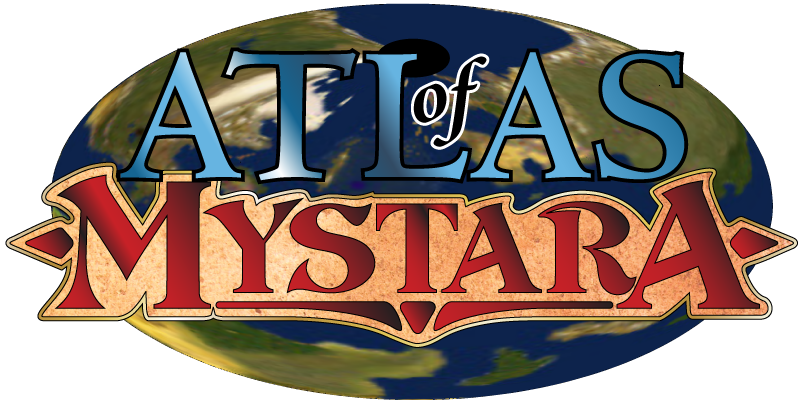
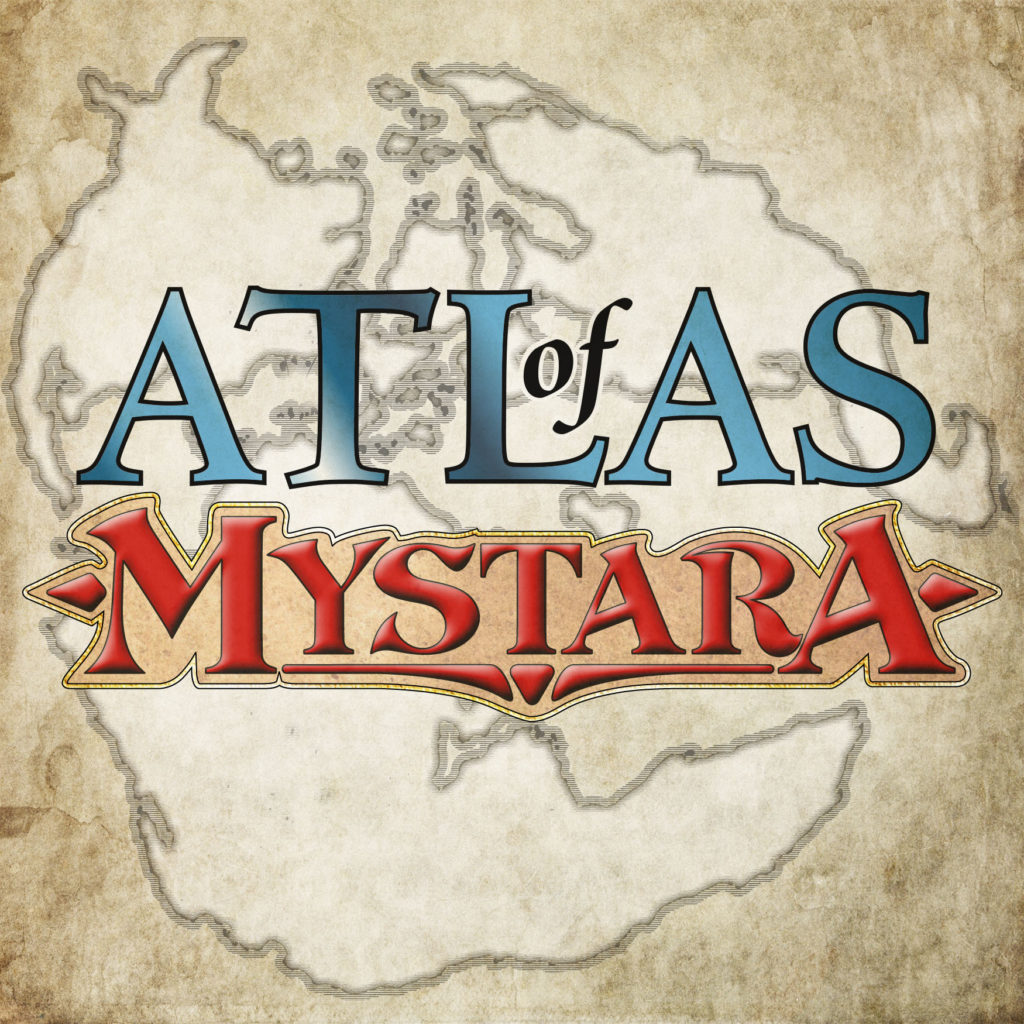
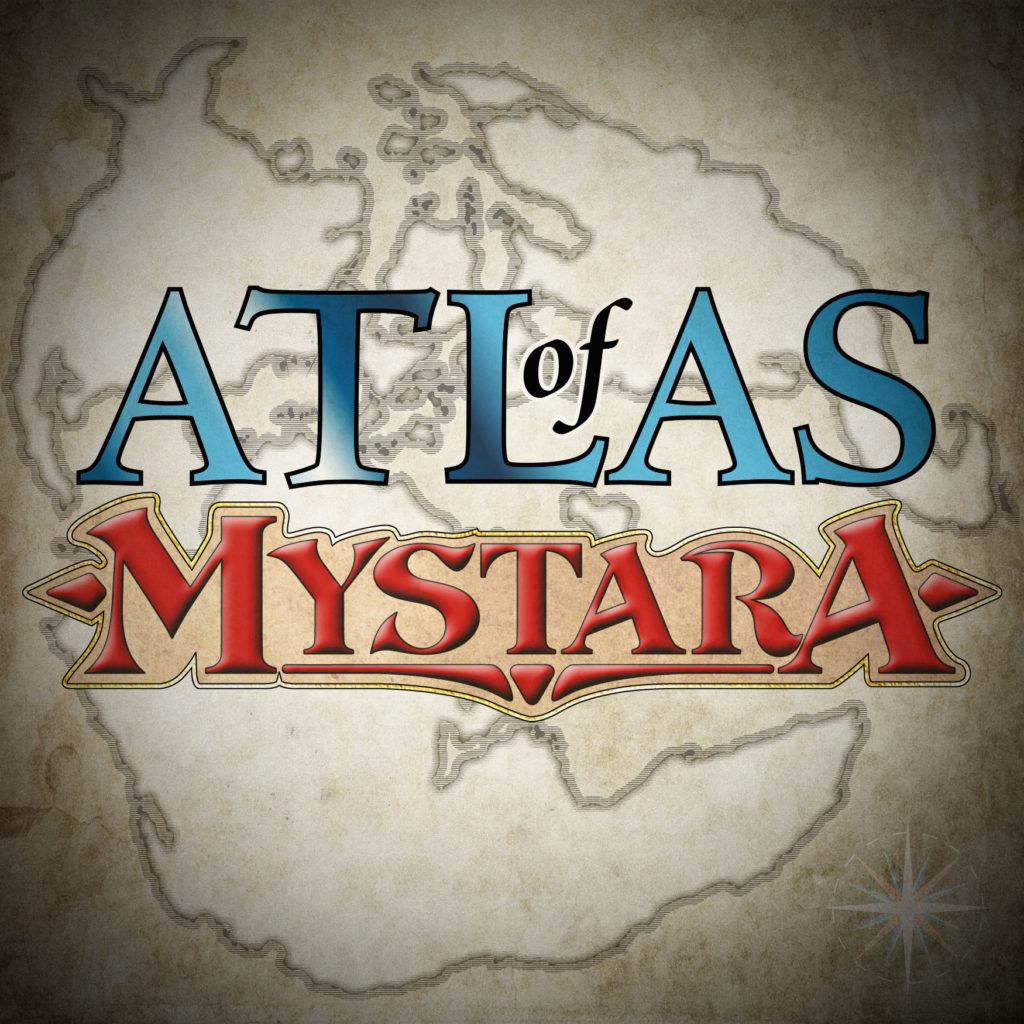
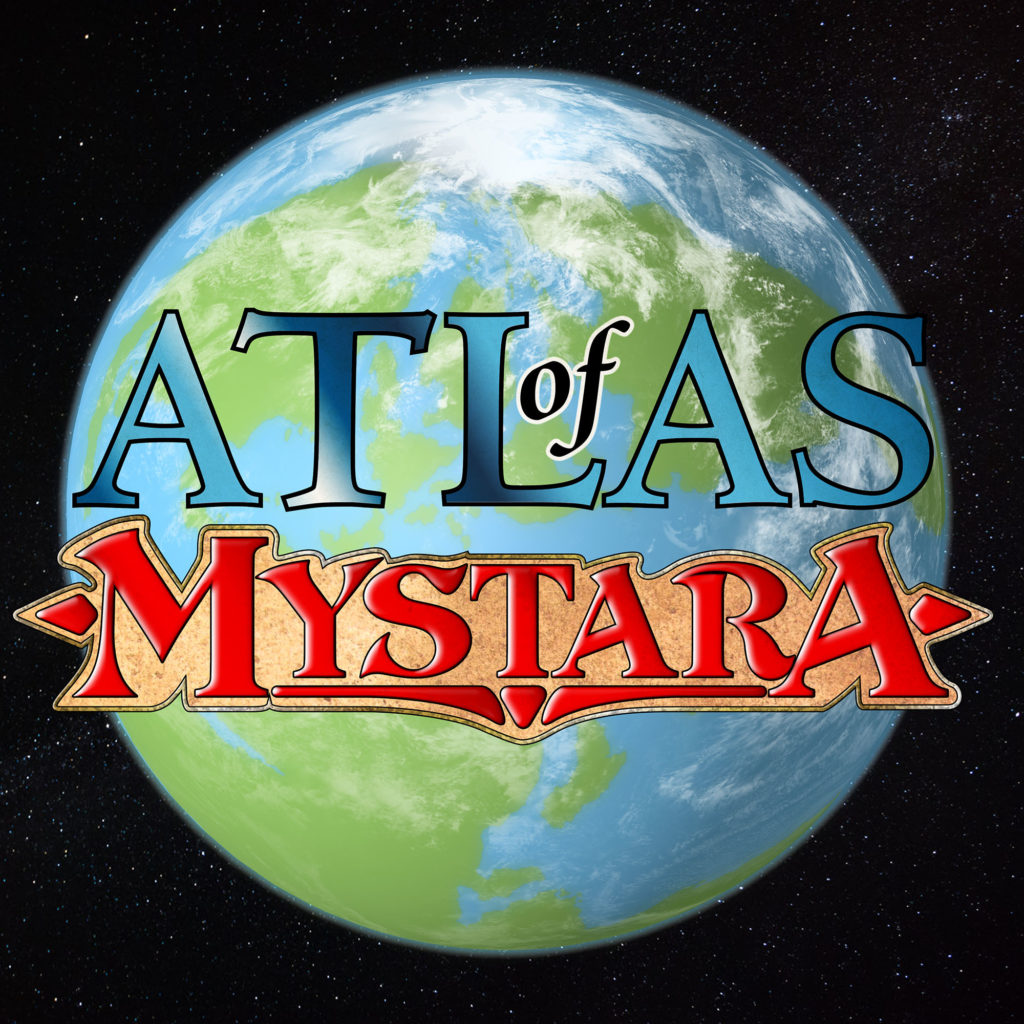
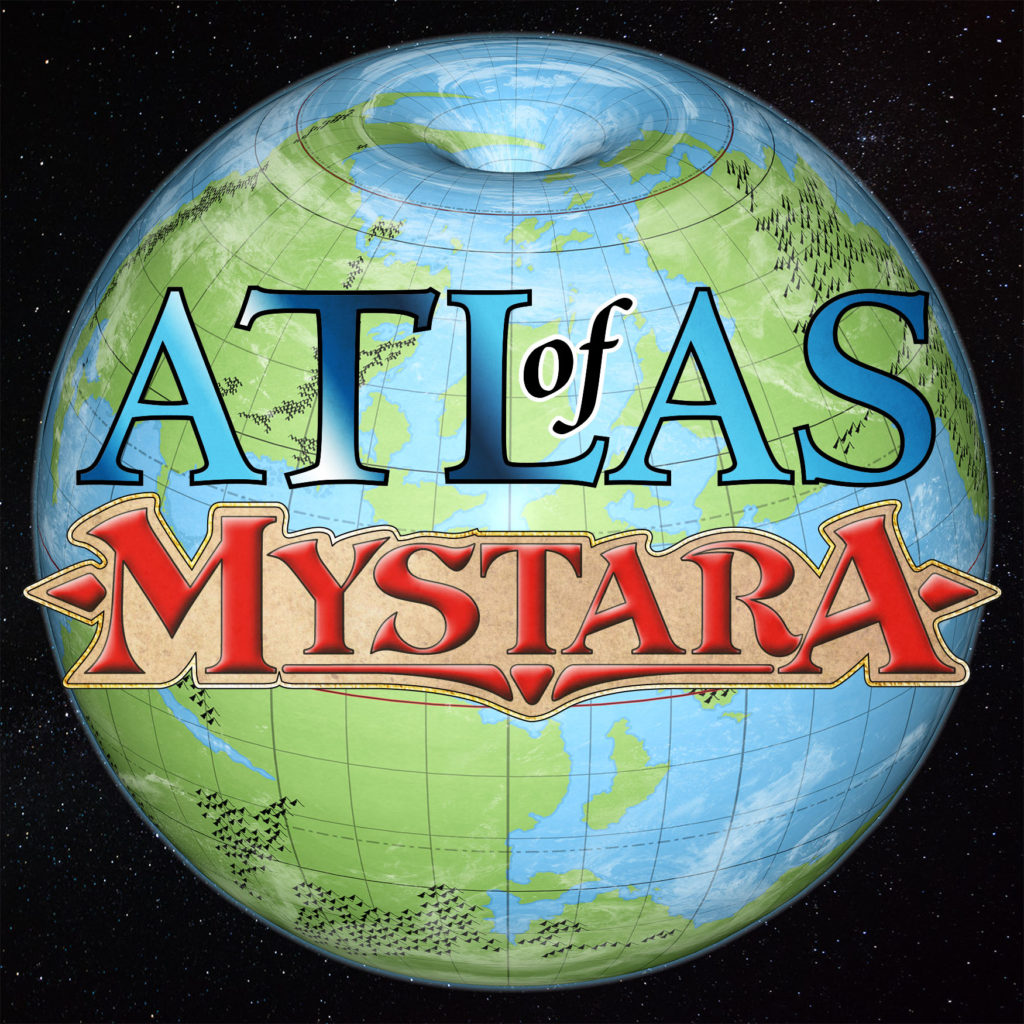
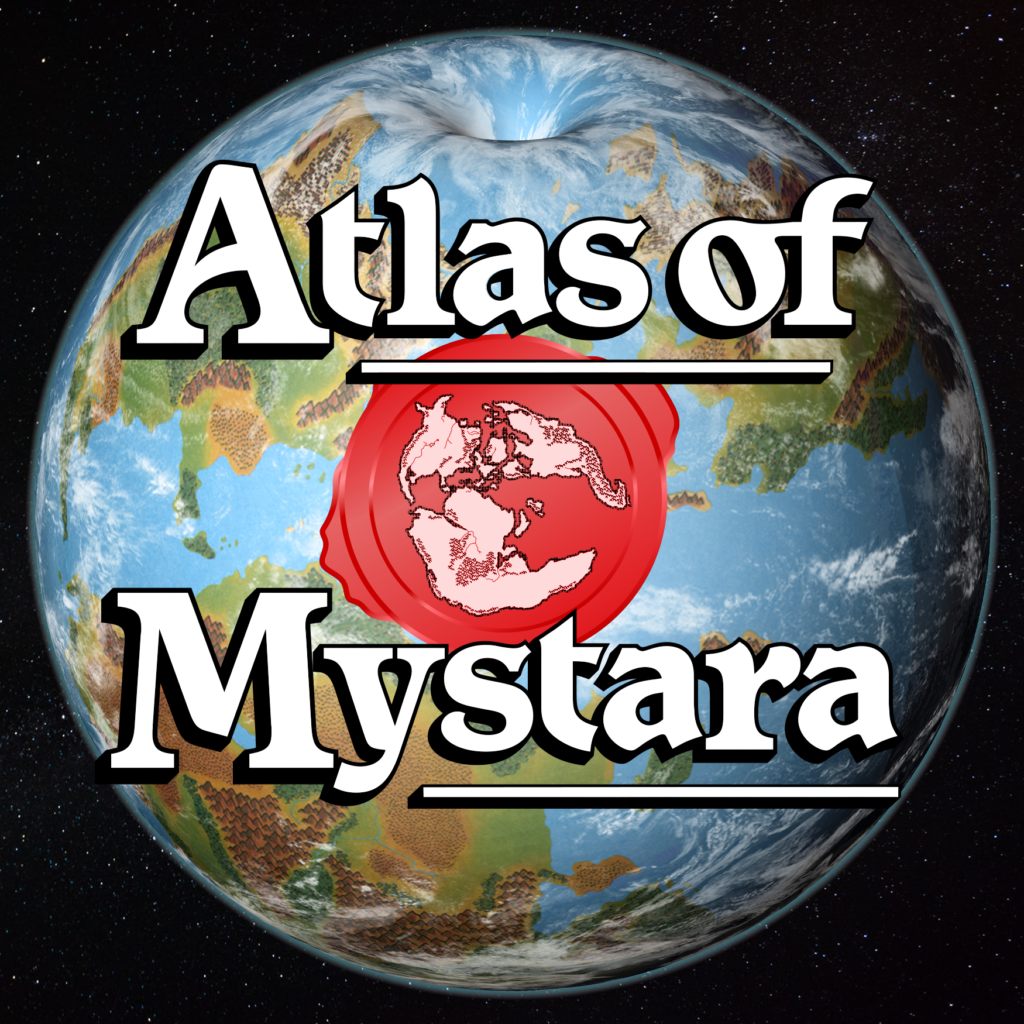
14 November 2019 @ 7:57 pm
Thanks for your hard work! I just got to know it from Mr. Welch’s videos.
20 November 2019 @ 8:35 pm
Good to have you here, Jose. 🙂